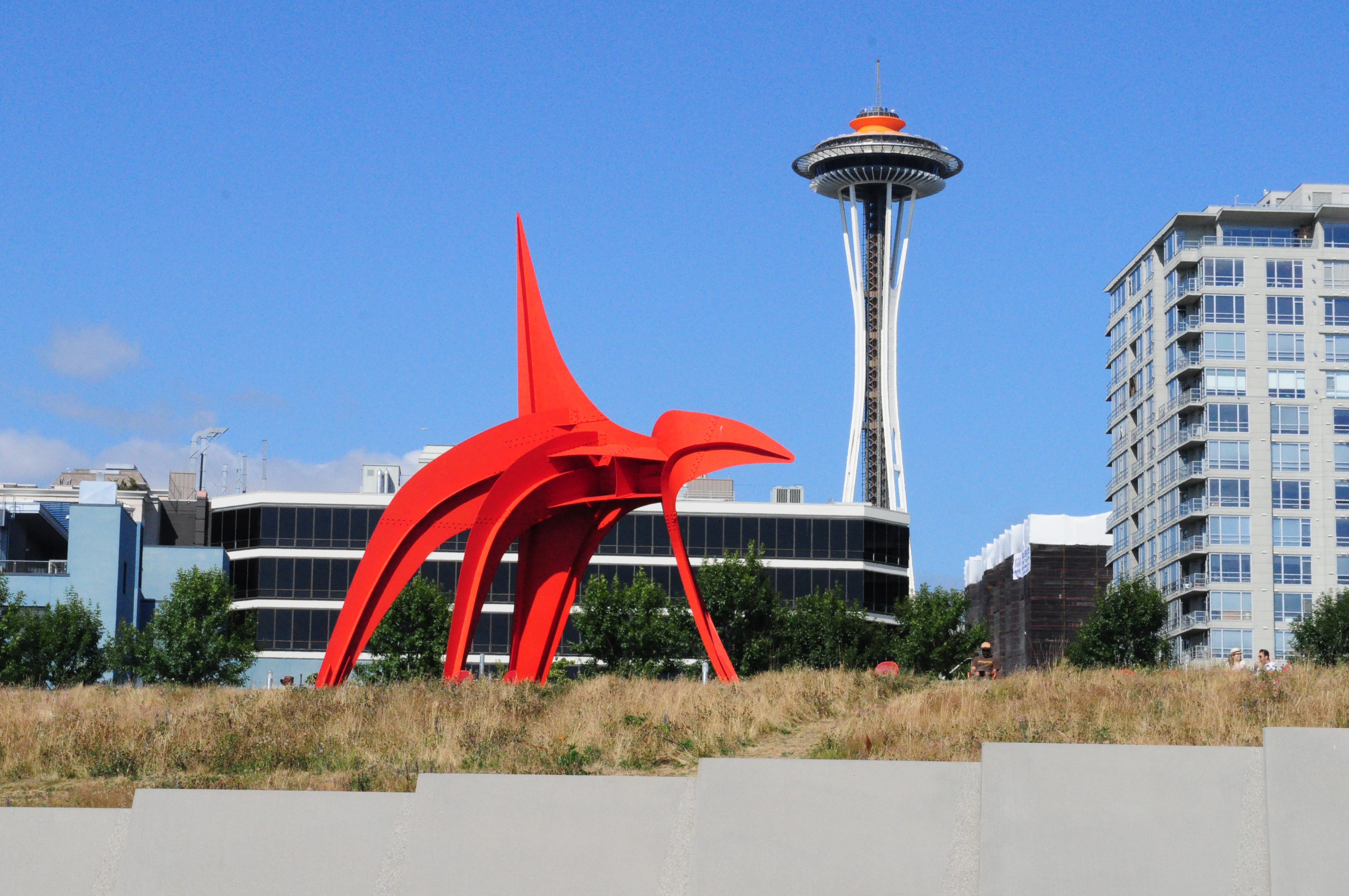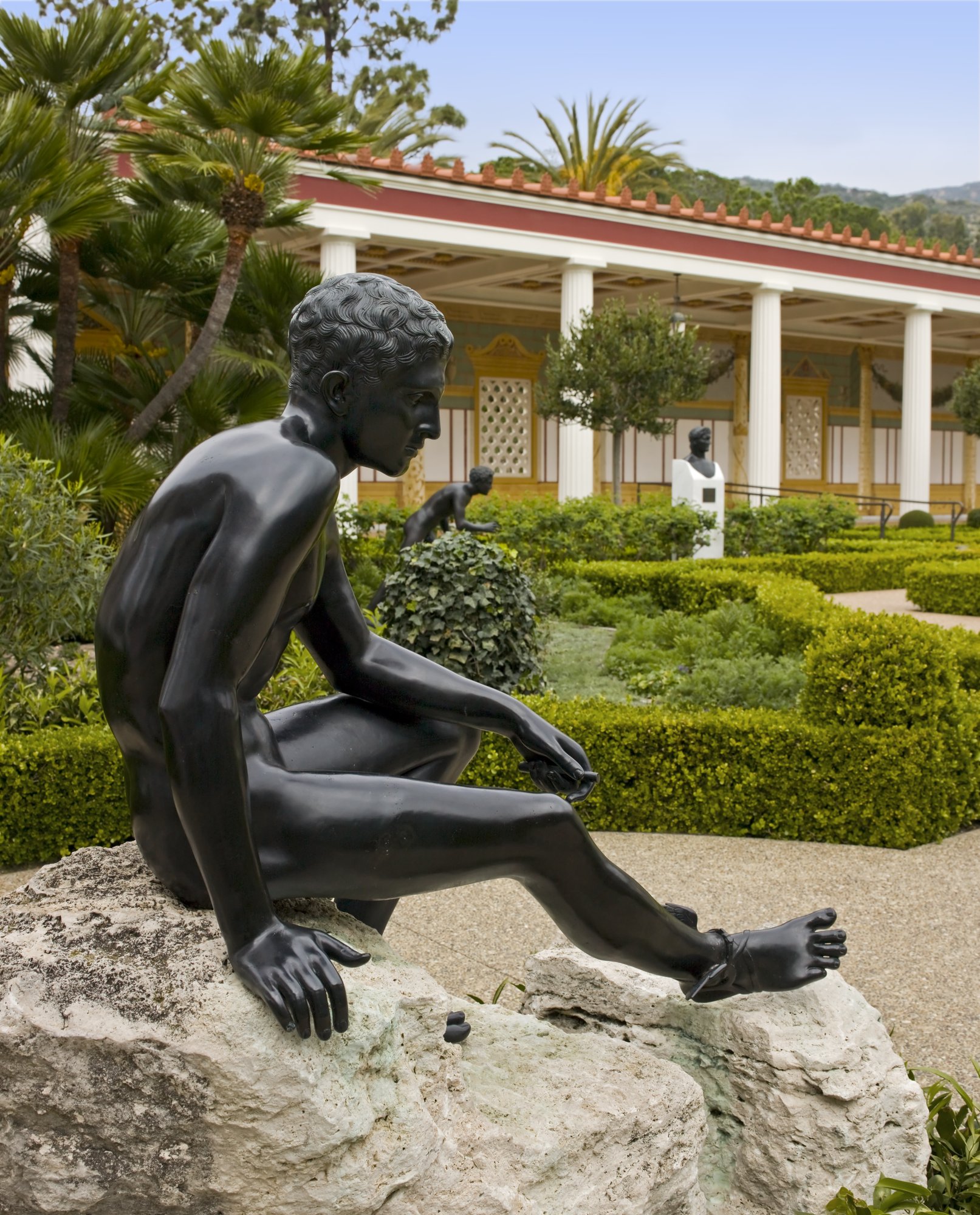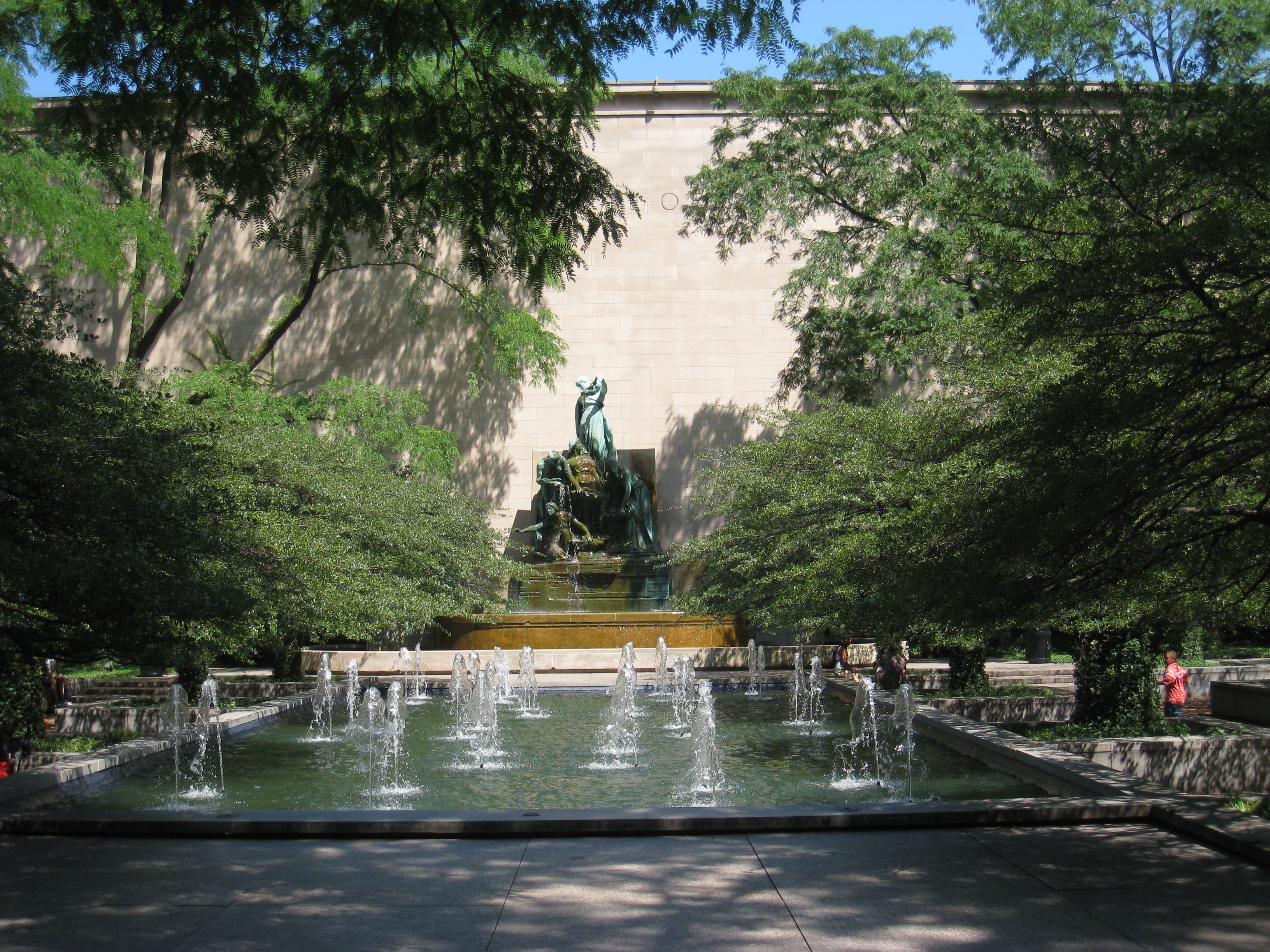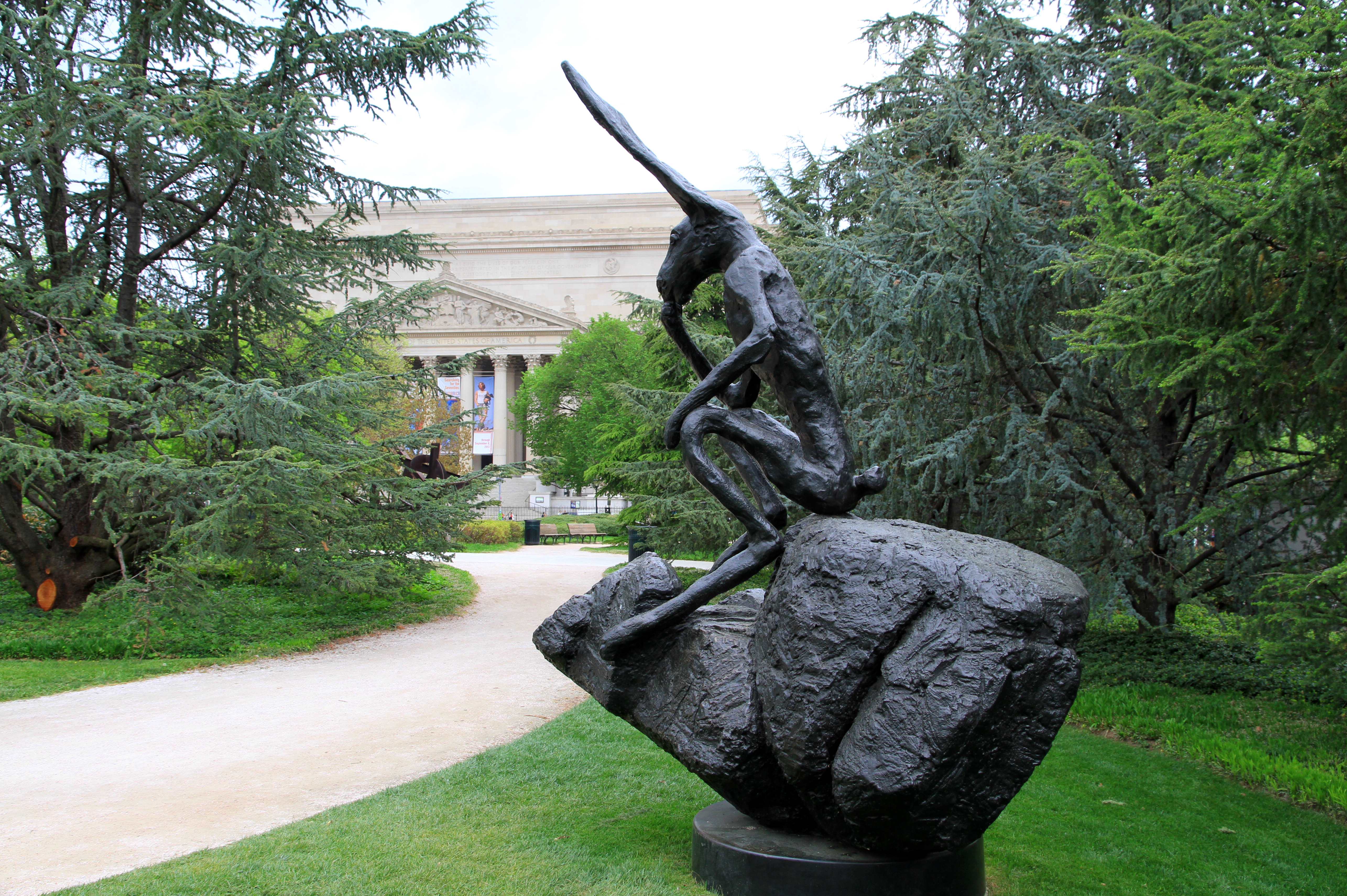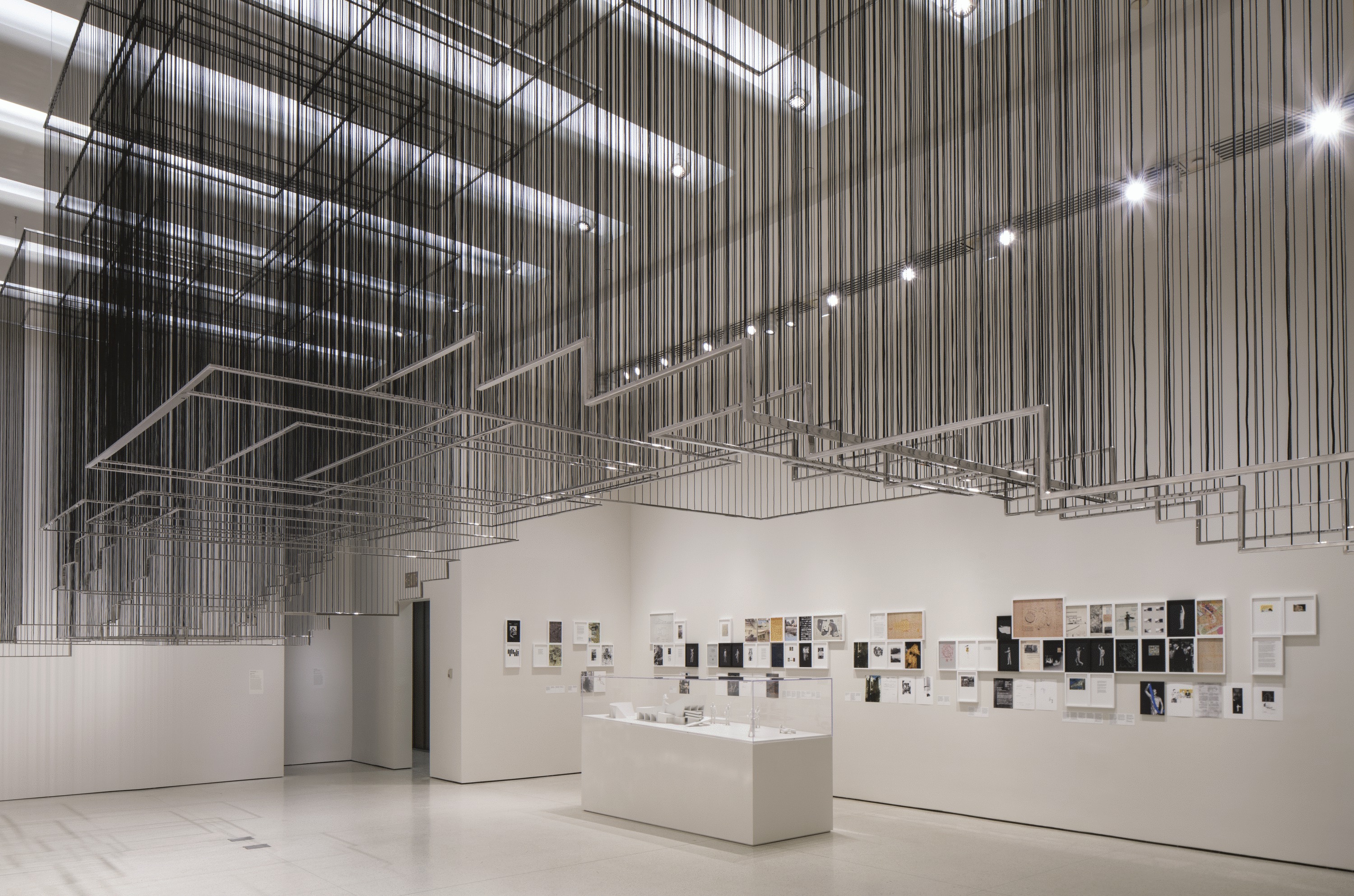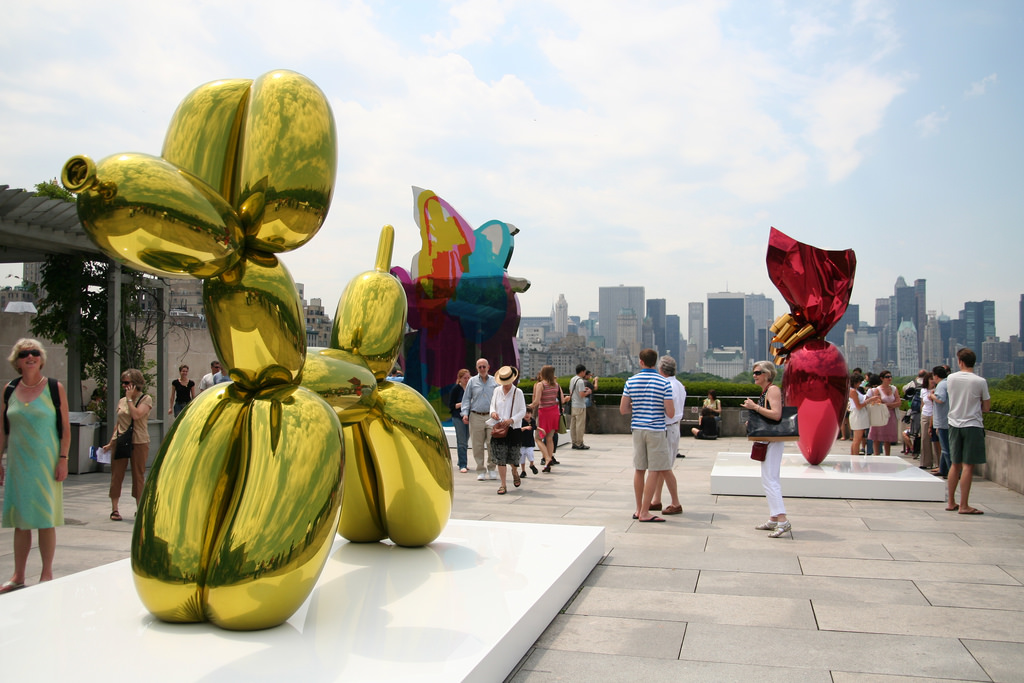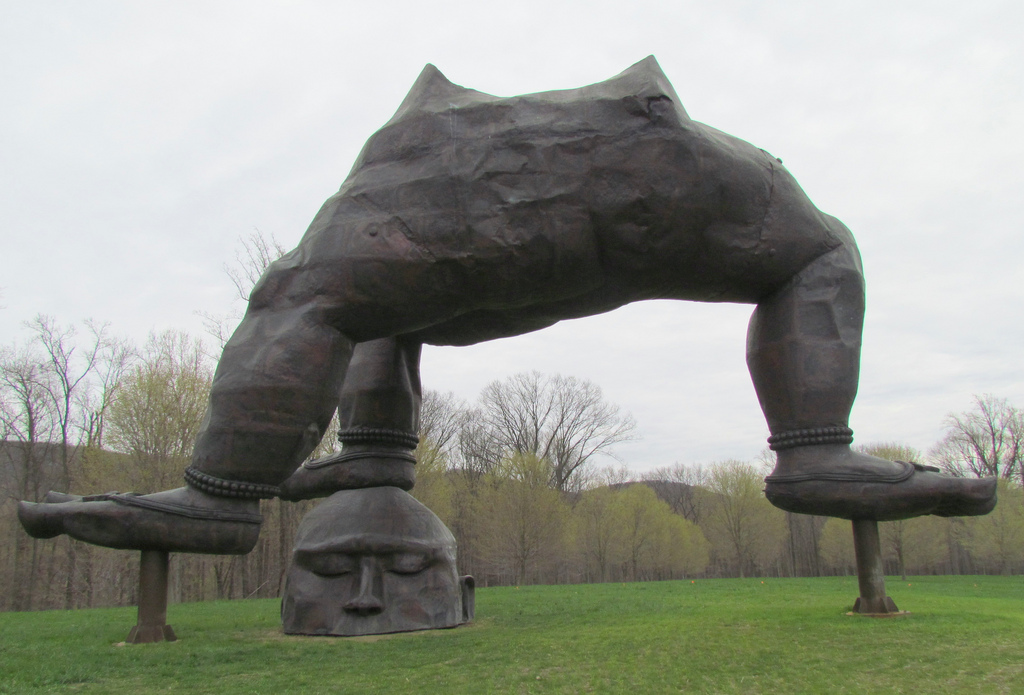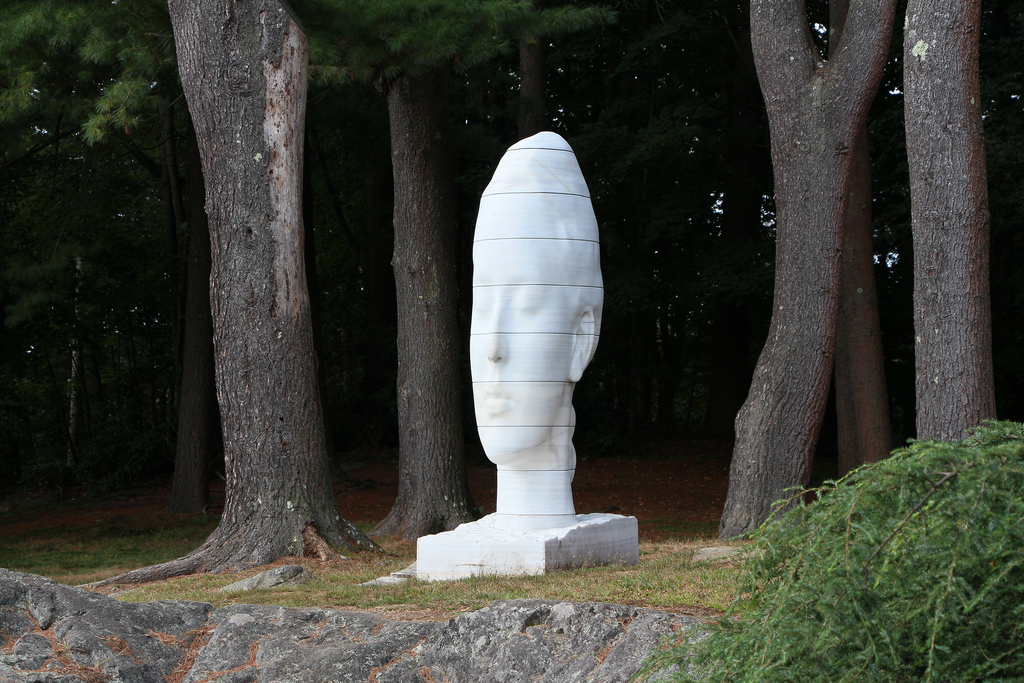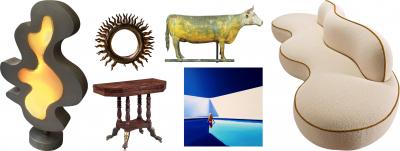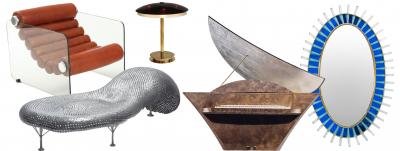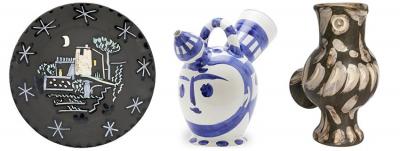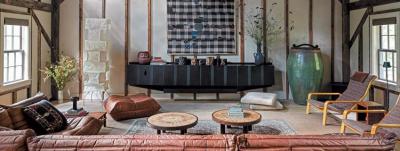10 Best Museums Devoted to Sculpture in the US
Ever wondered which museums have strong sculpture collections or are devoted entirely to sculpture? Look no further. We've selected our top ten favorite locations from across the United States — plus we've included two bonus collections.
Chihuly Garden and Glass, Seattle, WA
Part of the Seattle Museum, Chihuly Garden and Glass showcases some of the most incredible studio glass pieces in Dale Chihuly’s immense collection of work. It feels like something reminiscent of a wonderland, with colors and forms so vibrant and otherworldly it’s easy to think you’ve fallen down the rabbit hole. Originally from Tacoma, Washington, Dale Chihuly is one of the most prolific glassblowers in history. He has led the avant-garde movement in the development of glass as a fine art. Chihuly’s pieces are included in more than 200 museum collections around the world. This long-term exhibition opened at Seattle Center in 2012, and includes eight Galleries, the centerpiece Glasshouse, and a lush "Garden." It is one of the most vibrant, one-of-a-kind exhibitions in the entire country – and should not be missed!
Click here to learn how to visit.
Olympic Sculpture Park, Seattle, WA
The Olympic Sculpture Park was created in 2007 by the Seattle Art Museum. It is absolutely free to the public and consists of a nine-acre outdoor sculpture museum – and even includes a beach. An international award-winning design by Weiss/Manfredi Architects, the unique park was designed in an uninterrupted Z-shaped green platform and descends four stories, from the city to the water’s edge of Elliott Bay. An exhibition pavilion provides space for art, performances, and educational programs throughout the year. The Olympic Sculpture Park has both permanent and visiting installations. Though the sculpture park may be a little smaller in size than others on this list, there is no better place to see the sunset.
Click here to learn how to visit.
The Getty Villa, Pacific Palisades, CA
The Getty Villa is one of two campuses affiliated with the J. Paul Getty Museum in Los Angeles. Tucked away in the Pacific Palisades, here you are immersed in the ancient world of Greece and Rome. The exceptionally beautiful Garden of the Villa contains fountains, arbors, reflecting ponds, and even trees, herbs, and flowers used by the Romans, all mingling among an array of bronze sculpture. More than 1,200 antiquities are on view in the 23 galleries arranged by theme at Getty Villa, including sculpture of Gods and Goddesses, mosaics, and artifacts of daily life. From the end of the Stone Age to the fall of the Roman Empire, over 7,000 years of ancient art is represented at the Villa.
Click here to learn how to visit.
The Art Institute of Chicago, Chicago, IL
Offering a mix of contemporary and classic sculpture, the Art Institute of Chicago has hundreds of exceptional works by Auguste Rodin and other masters, as well as ancient and Byzantine sculpture made out of stone, terracotta, and bronze. The Art Institute’s contemporary sculpture collection is also outstanding. Add their sculpture garden into the mix and it becomes clear that the Art Institute of Chicago has something for everyone.
Click here to learn how to visit.
The Nelson-Atkins Museum of Art, Kansas City, MO
This museum is famous for its four iconic Shuttlecocks by Claes Oldenburg and Coosje van Bruggen that sit on the lawn outside of the museum, as if a group of giants walked away from a badminton game. One of the best parts of the Nelson-Atkins Museum, aside from its vast collection of art, is the Donald J. Hall Sculpture Park, a 22-acre oasis filled with sculptural masterpieces. The collection began in 1986 when the Hall Family Foundation acquired 57 works by artist Henry Moore. Over the years, the collection has rapidly grown, and now includes some of the most impressive modern sculptural works in the country. The Nelson-Atkins Museum is consistently rated a top museum in the US.
Click here to learn how to visit.
Chinati Foundation, Marfa, TX
Located on 340 acres of land in Marfa, Texas, the Chinati Foundation at first glance seems an unlikely place for a museum. However, the small contemporary art museum has made a name for itself. The museum is dedicated to permanent, large-scale installations by a small number of artists that are displayed in converted military buildings from the site’s former life as Fort D. A. Russell. Each building is dedicated to a single artist. Originally conceived to exhibit the work of Donald Judd, John Chamberlain, and Dan Flavin, the museum has expanded since its beginning in 1979. It now includes 15 outdoor concrete works by Donald Judd, with 100 of his aluminum works housed in two converted artillery sheds, 26 works of sculpture by John Chamberlain, and an installation by Dan Flavin occupying six former army barracks, in addition to works by Carl Andre, Ingólfur Arnarsson, Roni Horn, Ilya Kabakov, and others. Its high Chihuahuan desert landscape and the unique holdings and layout of the museum make the Chinati Foundation one of the most unusual places in the world to view sculptural art.
Click here to learn how to visit.
National Gallery of Art, Washington D.C.
The Sculpture Garden of the National Gallery of Art houses 21 sculptural works across its six acres. You can take a tour through the Garden and learn about these incredible installations, including Claes Oldenburg’s Typewriter Eraser, Scale X, and Joan Miró’s Personnage Gothique, and Oiseau-Eclair, as well as other acquisitions. Surrounded by canopy trees, flowering trees, shrubs and perennials, spring is the most photogenic time of year to visit. However, don’t discount the winter season – the fountain in the garden gets turned into an ice rink! Inside, the Gallery offers a wide range of sculptural styles, including Baroque, Impressionist, Minimalist, Realist, Renaissance, Rococo, and more. Over a thousand works are currently on view. The National Gallery of Art is a must-see destination in our nation’s capitol, and it is free to all visitors.
Click here to learn how to visit.
Solomon R. Guggenheim Museum, New York, NY
Of course the Guggenheim had to be on our list! The Guggenheim is a vital cultural center, educational institution, and at the heart of an international network of museums with locations in Bilbao, Venice and Abu Dhabi. Designed by Frank Lloyd Wright, this building is one of the most significant architectural icons of the 20th century. The Guggenheim has a deep collection of sculpture by artists like Jean Arp, Louise Bourgeois, Jeff Koons, George Segal, Richard Serra – the list goes on. Any connoisseurs of sculpture would happily lose themselves in the work the Guggenheim has to offer.
Click here to learn how to visit.
Museum of Modern Art, New York, NY
The Sculpture Garden at the MoMA is a serene kind of experience. In the middle of Midtown in Manhattan there is a slice of peace, where one can wander through the garden and see engaging modern works. An ongoing installation at the Museum brings together a selection of sculpture made in the 1960s, including David Smith’s Cubi X (1963), Alexander Calder’s Sandy Butterfly (1964), and a 13-foot-tall colorful steel structure with a mobile top that was gifted by the artist to MoMA in 1966. These additions to the Sculpture Garden join longtime inhabitants like Barnett Newman’s Broken Obelisk (1967) as well as favorites like Pablo Picasso’s She Goat, and Aristide Maillol’s The River, which will remain alongside these pieces from the 1960s.
Click here to learn how to visit.
The Metropolitan Museum of Art, New York, NY
Our list would not be complete without The Met. The largest art museum in the country, The Metropolitan Museum of Art has no shortage of sculptural masterpieces. In addition to offering spectacular views of the Manhattan skyline from a vantage point far above Central Park, the rooftop garden is a gorgeous spot to view sculpture. The Met has hosted a single-artist sculpture exhibition there every summer since 1998. The Met’s sculptural holdings range across every culture and time period, including European, Ancient Greek and Roman, Mayan, Asian works, and everything in between. There is not much you won’t find at The Metropolitan Museum of Art.
Click here to learn how to visit.
Bonus Collection #1
Storm King Art Center, New Windsor, NY
The Storm King Art Center, a sprawling open-air museum and sculpture park is located on 500 acres in the Hudson Valley region of upstate New York. Storm King's permanent collection is comprised mainly of American and European modern sculpture, ranging in date from the mid-1940s to the present. The art center's holdings include large-scale, free-standing "stabiles" by Alexander Calder, an indoor installation by Loius Bourgeuois, and site-specific Richard Serra sculpture that occupies a ten-acre field, and a variety of other works by artists such as Carl Andre, Mark di Suvero, Jean Dubuffet, Mary Frank, Andy Goldsworthy, Adolph Gottlieb, Barbara Hepworth, Zhang Huan, Donald Judd, Sol Lewitt, Roy Lichtenstein, Maya Lin, Henry Moore, Isamu Noguchi, and Claes Oldenburg.
Click here to learn how to visit.
Bonus Collection #2
deCordova Sculpture Park and Museum, Lincoln, MA
A visit to the deCordova Sculpture Park and Museum in the suburban community of Lincoln, Massachusetts, will yield surprise after surprise as you walk among the sculpture on this thirty-acre wooded and landscaped park located within twenty miles of Boston. Established in 1950, the sculpture park is the largest of its kind in New England and regularly features more than 60 changing large-scale modern and contemporary outdoor works at a time, many of which are on loan from other institutions. In addition, a museum features changing exhibitions.
Click here to learn how to visit.















